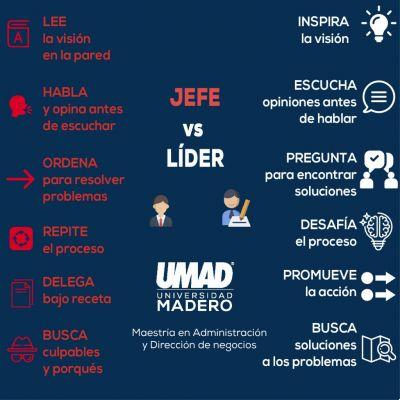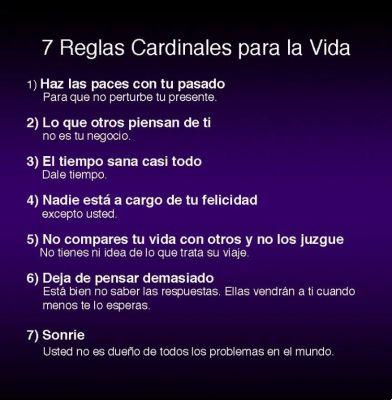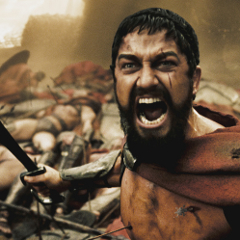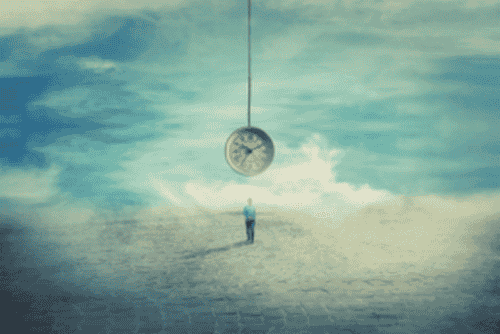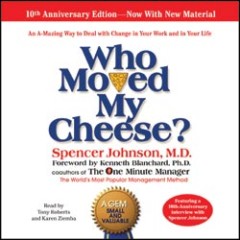
When we have to face the problems of life we often find ourselves stuck in the so-called "Lamp Post Paradox". If you don't know it, you suffer it.
"Happiness does not come from the absence of problems, but from the ability to deal with them."
Steve Maraboli.
Bologna railway station. Thursday afternoon. I have just arrived from Milan and I am heading towards the exit.
Two technicians have temporarily blocked the escalators which rise from the tracks, for extraordinary maintenance. It is not a peak time and the few passengers off the train pick up trolleys, bags and resignation and go towards the service stairs about fifty meters away.
All but one.
A distinguished gentleman, in his forties, decides to go up the escalators that lead to the platform (still active) on the OPPOSITE. The scene is grotesque. "Mr. Fox "trudges uphill with all his strength: at each step he loses a couple of years of life, snorts, swears, stumbles, but as if he were possessed by that" demon "of Zatopek, he persists undeterred in his fight against gravity and mechanics. After interminable minutes of agony, the new Don Quixote finally reaches the top and leaves, but not before throwing a look of contempt mixed with self-celebration at the other passengers.
In short, an idiot.
An idiot who however reminded me that when we are at deal with life's problems, we often behave in exactly the same way. We don't realize it, we deny it, but in fact we much prefer:
"Repeating wrong, but somewhat familiar actions, rather than trying new paths."
This attitude can be traced back to what is called the "Lamp post paradox".
If for years you have found yourself hitting your face against the same “wall”, in this article you will find out what the “Lamp Post Paradox” is and how to get rid of it using a practical tool to deal with life's problems… GetPersonalGrowth.
The Paradox of the Lamppost
The definition "Lamp Post Paradox" derives from this story:
“Under a Street lamp there is a drunk who is looking for something. A policeman approaches and asks him what he has lost. 'My key', the man replies, and they both start looking for it. After watching for a long time, the policeman asks the drunk man if he is really sure he lost her there. The other replies: 'No, not here, back there; it's just too dark there '. "
Taken from "Instructions for making yourself unhappy”By Paul Watzlawick.
The distinguished gentleman at the Bologna station, the drunkard of the story, we ourselves, faced with the challenges of life, are too often prisoners of the "street lamps" we have in our heads. In other words, those solutions that we have successfully adopted in the past and that we continue to want to stubbornly adapt to any problem we face.
It takes too much effort to try new roads. While aware that we will not find the "key"Of our problems where we are looking for it, we prefer to take refuge under the warm light of our" street lamps ", rather than start looking for effective solutions in the darkness of what is new and unknown. Is there an alternative?
Addressing problems through strategic problem solving
If you have been following me for a while you will know that I am an admirer of Prof. Giorgio Nardone. I had the opportunity to interview him and listen to him live on several occasions and I appreciate his approach, studies and charisma.
Nardone is the founder, together with Paul Watzlawick, of the Strategic Therapy Center of Arezzo (CTS), and is considered a prominent exponent of the Palo Alto School, one of the most prestigious American psychotherapy centers. In addition to his clinical activity, Prof. Nardone is also famous for having created the strategic problem solving model.
In today's article I want to show you how to apply the cardinal principles of this model to identify innovative solutions to the inevitable obstacles present along our path of personal growth. Specifically, we will see what are the 3 key steps to tackle a problem, avoiding the "Lamp Post Paradox".
1. Define the problem
"If I had an hour to save the world, for 55 minutes I would define the problem well."
Albert Einstein.
Define the problem: trivial, right? Yet how many times do we actually do it? How many times do we take some time to really understand what we are facing, what is blocking us? I would say they are few. Without our "trouble tree“, Let us instead let our worries devour us from within, exaggerating the shadows of our problems out of all proportion.
How, then, can we better define our problem?
Naturally Nardone is a master of the so-called "strategic dialogue", that is a sequence of well-calibrated questions, developed over years of research. However, there is also a simpler and more immediate alternative, that is to use the classic questions of logical analysis:
- In WHAT is the problem we are facing?
- WHERE It shows up? Everywhere? only in certain contexts?
- WHEN manifests? All time? On a regular basis? Unexpectedly?
- With CHI It shows up? Is it a problem you have with your co-workers? with your partner?
- HOW does the problem materialize?
Of course not all questions are needed to define OUR problem. However, there is one that we must definitely NOT ask ourselves: "BECAUSE' do I have this problem? ".
This passage of the strategic problem solving model appears controversial, but Nardone gives a very convincing explanation. If you like, let's talk about it in the comments of the article ;-)
2. Identify your goals
"The moment we accept our problems, the doors to solutions open wide."
Rumi.
Not only do we not bother to correctly define the problems we are facing, we often don't even think about how we would like things to go once they are resolved.
In short, we constantly whine about what is wrong in our life and at most we limit ourselves to generics: "I want to have a better job", "I want to get better", "I want to do well in university", "I want to improve my appearance physical “, GneGneGne GneGneGne.
So we're not going anywhere. If we really want to face the problems of our life, first of all we have to "photograph" them in a crystalline way (what, where, when, who, how), but then we must also have a clear idea of what the concrete goals which, once reached, will make us affirm, without a shadow of a doubt, that they have solved our difficulties.
To be clear, if you have a money problem and maybe you have also "photographed" it well, then it must be equally clear to you when the problem can be defined as solved. Maybe you don't necessarily have to become a millionaire, maybe your primary goal is simply to have enough income to cover your most important expenses.
Here, if the problem is clear to you and the goal you need to achieve is clear to you, your "mental fog" clears a lot. In this regard, to understand how define goals effectively, I refer you to this my article (as you will read, here the "why" is important instead).
3. Tackle the problem strategically
In summary: we have clarified what our starting point (the problem) is, we know where we want to go (the goal) and now we have to figure out how to get there! In this regard, Prof. Nardone suggests 3 techniques really interesting. Here they are:
- The technique of how to get worse. If you don't have a clue where to start to address the problems you are encountering on your path, try to imagine how to make them worse. Yes, you read that right: what should you concretely do to make the situation worse? The moment you find an answer to this paradoxical question, you will automatically also have a solution to improve the situation (go the opposite way).
"If you want to straighten something, first learn all the ways to twist it more."
Giorgio Nardone.
- The climber's technique. This is one of my favorites. Imagine that you have just reached your goal (that is, solved your problem) and now start going backwards: what was the step you took right before reaching the top? The one before that? Go back until you get to your current situation. This way you will have a clear action plan to follow to get out of the quagmire. The climber's technique, among other things, is the basis of one of the best planning systems of the study that I suggest to university students: backward planning.
- The scenario technique beyond the problem. What would your life be like if you finally managed to get rid of this damn problem? Try to imagine your ideal day in detail, if necessary put it in writing. Projecting our mind "beyond the problem" is one of the most effective ways to get out of the vicious circles we often get into. This ploy is also known as the "technique as if". If you want to deepen it and learn how to put it into practice, you will find all the details in my manual APP - Self-esteem step by step.
The aim of this article was to offer you the most effective tools to best deal with the problems you are encountering along your path and thus escape the dangerous "Lamp Post Paradox".
Experiment with these tips today: (1) clearly define yours problem, (2) individual and results you want to get and (3) take advantage of one of the 3 specifications of strategic problem solving we have seen. No more, no less.
But remember: only what you do matters, not what you read. Have a good week.








